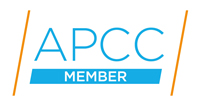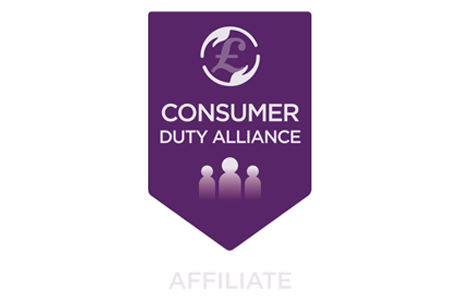Let's talk virtual events!

Melissa Lackenby
26 August 2024- What to expect as a first time buyer
- Understanding different types of life insurance
- An event for professional landlords to learn more about upcoming regulation
- Understanding green mortgages
There are plenty of great free tools available for you to access to run virtual events online, so let’s dig a little deeper on these...
As a result of the pandemic, marketing shifted to online platforms and events followed suit. Although webinars were already being used by some, they suddenly became a vital way to connect with clients, whilst face-to-face was not an option. Following this shift, many different free tools came into the limelight, with businesses looking at the pros and cons of each.
Before we look at the different platforms available, we first need to understand the difference between webinars and video conference calls. Webinars are usually used for promotional events, designed to deliver information to a large audience. Video meetings are more for collaboration and engagement, and often work best with smaller audiences. However there are platforms used for webinars that encourage engagement and interaction from the audience so try not to pigeonhole the idea of a virtual event, instead look at what you wish to get from it.
So let’s jump into the different free platforms you can take advantage of. You may know some of these platforms already, but hang tight as we will also be looking at some of the lesser-known options to give you some food for thought. Most virtual event platforms offer a free entry-level package that you can take advantage of and this is what I’ll focus on. You could use any of these tools to run short, informative webinars for your audience.
Microsoft Teams – There is a basic package available from Microsoft Teams, although predominantly Teams software is used for virtual meetings, the free version can allow you to host up to 100 participants for 60 minutes without charge as a ‘webinar’ where you can use slides via screen sharing, and you can mute participants so that people aren’t talking over you. There is a chat function available so that people can ask questions, as well as being able to share files with your audience. You can also record the meeting and make the recording available to others at a later date.
Zoom – Due to its easy control and access facilities, Zoom quickly became one of the most popular platforms for virtual meetings and webinars. The basic package from Zoom allows you to host 40-minute webinar meetings with an audience of up to 100. Delegates will also have access to a chat function and you’ll be able to share files during the event. Another free feature is that Zoom allows mail and calendar integrations so attendees can block off time in their calendars, which can be extremely helpful for making sure your attendees don’t forget what they’ve signed up for!
Google Meet – Like Zoom, Google Meet is more of a meeting/conferencing tool than a fully-fledged webinar platform, however it can still be used for smaller virtual events. The basic offering from Google Meet allows for a time cap of 60 minutes for up to 100 people. Again this allows delegates access to a chat facility, to give them the ability to interact with the presenter. Google Meet also allows for virtual backgrounds and visual effects to help limit distractions and make meetings more fun.
Livestorm – Livestorm is a webinar platform with features such as Q&As, polls and the ability to live-stream pre-recorded videos (although I would recommend doing this with caution, and having tried and tested it prior to your event, as sometimes videos can cause technical difficulties!). They offer a free version of the platform to allow you to use it for smaller, shorter webinars. With this version, you can host up to 20 minutes sessions with 30 virtual attendees. So it has a more limited timeframe and audience size, but better features such as polls and Q&A which can enhance engagement.
Before you get started, here are some of my top tips for running a virtual event:
- Be sure to make sure to set goals of what you want to achieve from hosting the event.
- Consider and research event platforms, making sure that the one you choose helps deliver the goals you have set.
- Practice makes perfect, set up dummy events and have family/friends test out the system with you. Organise technical run throughs with presenters prior to the event to ensure everyone knows what they are doing on the day.
- Choose the right time to host and the length of your event, research suggests that sessions should be around 20 – 30 minutes max and should include a Q & A element to encourage audience participation. Use uncomplicated slides with key information during the session to support in retaining the audiences full attention.
- Promote your virtual event, advertise the event well in advance. Post on social media, send out emails to your audience pool. Use words like “Exclusive” and “Limited spaces” to make the event sound more exclusive.
- Post event follow up, contact your audience after the event, send a feedback link so that you are able to evaluate the event, what worked, what didn’t. A feedback survey is also the perfect opportunity to capture warm leads.
- Once you have collated the feedback from the audience, organise a debrief with the rest of your team. These debrief sessions along with audience feedback can help shape your next event.


